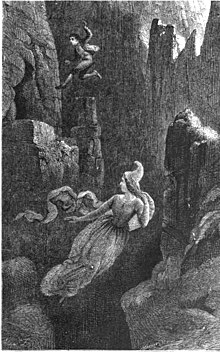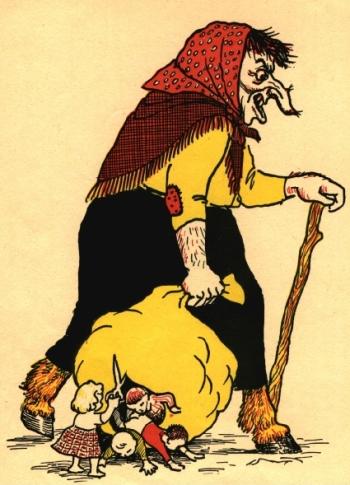Folk tales
Elves - Trolls -
Ghosts
All nations have folk tales that are deeply
connected to the country‘s origin and history. A country‘s culture is largely
defined by it‘s location, it‘s music and it‘s stories that often carry with
them hidden messages and symbolism. In Iceland, our folktales are often
connected to strange creatures, the landscape and the darkness that is
all-surrounding in winter. Also, they often deal with everyday life and
peoples‘s connection to nature and the animals that live here.
 |
| Elves - hidden people |
 |
| Grýla the mother of the Icelandic Yulelads. One of our most famous trolls. |
 |
| Djákninn á Myrká ~ the deacon of the dark river An Icelandic folk tale. |
In connection to this topic, you might consider:
·
What are folk tales?
·
Do you know any folk
tales that are connected to your home town/village/district?
·
What themes are common in your country‘s
folk tales?
·
Can you find some similarities between
Icelandic folk tales and those of your country?
·
Do you know of some paintings/drawings or music that takes
its inspiration from folk tales?
A giant lovestory
English translation:
I waited for you,
I waited a long time for you.
And sun, came over the snow.
And not I am lava,
But deep under the rock beats a heart.
Beats the trolls heart still.
Useful links:
~ One of our beloved authors, Guðrún Helgadóttir wrote a story
called Ástarsaga úr fjöllunum e. A giant love story. It is illustrated by Bryan
Pilkington. This is a love story about two trolles in Iceland and there many, many children. An Icelandic band called Hraun, wrote a song inspired by this popular children's book. This song tells the story of the troll man that waits for his love to arrive and eventually steps out into the snow and waits for the sun to come up. You can listen and enjoy this song in the link below.
 |
| Ástarsaga úr fjöllunum A giant love story |
A giant lovestory
English translation:
I waited for you,
I waited a long time for you.
And sun, came over the snow.
And not I am lava,
But deep under the rock beats a heart.
Beats the trolls heart still.
Useful links:
Þingvellir
Thingvellir became a
National Park in 1930 and was accepted on the
World Heritage list for its cultural value in 2004.
At Þingvellir - literally "Assembly
Plains" - the Alþing general assembly was established around 930 and
continued to convene there until 1798. Major events in the history of Iceland
have taken place at Þingvellir and therefore the place is held in high esteem
by all Icelanders. Today Þingvellir is a protected national shrine.
Some ideas in connection to this topic:
·
The
unique geology in the area of Thingvellir – continental drift, lava etc.
·
Lake
Thingvallavatn
·
Wildlife
and vegetation in the area
·
Archaeology
at Thingvellir
Useful links:
Water in Iceland
Fresh water
is an abundant resource
in Iceland. Both
surface water
and groundwater
originate from precipitation
that has fallen
to Earth, as
do glaciers.
Drinking
water in Iceland originates mainly from groundwater (96%). Icelandic water has
a low chemical content compared to that of other countries, a major factor
being the mainly basaltic composition of the bedrock.
Iceland has many geothermal areas which are divided into
low-temperature and high-temperature fields. The geothermal energy is for
example used to heat our houses and public swimming pools.
·
What is geothermal energy?
·
How is Iceland utilising the geothermal energy source and do you
have examples of something similar in your country?
·
What is the situation today with the water resources in the world?
·
How would you depict the life cycle of
water?
·
Explore the magical world of Icelandic
glaciers.
Useful links:


No comments:
Post a Comment